1. Standard Light Bulbs

Traditional incandescent and CFL bulbs are steadily being replaced by LED alternatives. With their superior energy efficiency, longer lifespan, and reduced environmental impact, LED bulbs are becoming the norm. By 2033, standard bulbs will likely be obsolete in most households.
2. Single-Function Remote Controls
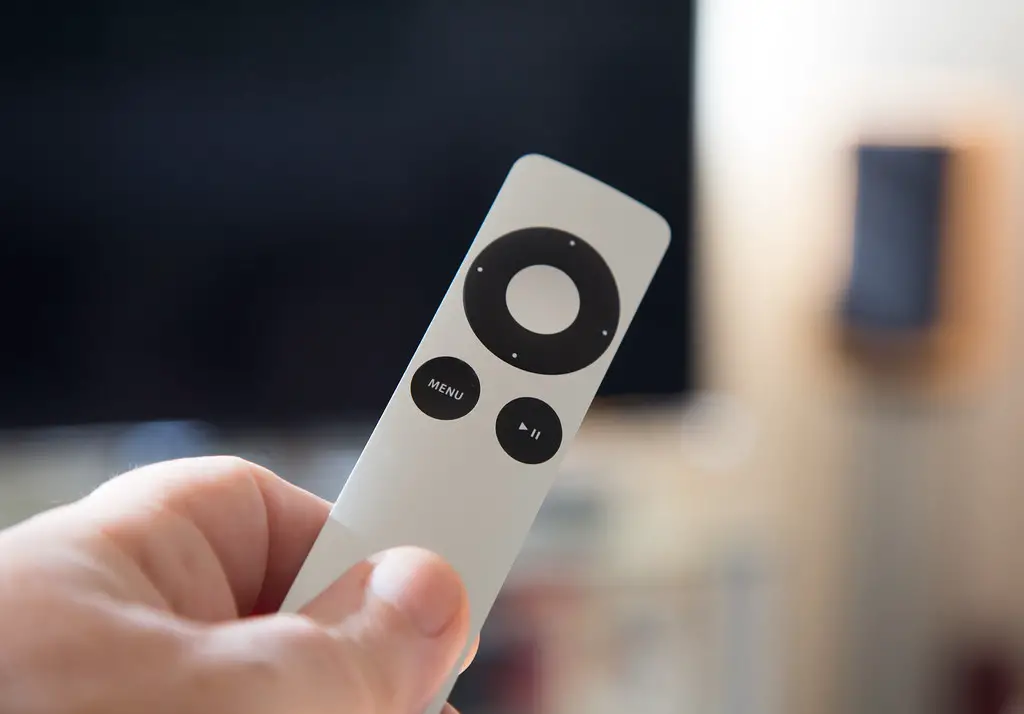
As smart home systems and voice-activated assistants like Alexa and Google Home gain popularity, single-function remote controls are becoming unnecessary. Consolidated remotes and smartphone apps can now manage multiple devices. In the next decade, standalone remotes may disappear entirely.
3. Traditional Wall Calendars

With smartphones and smart home devices offering customizable scheduling apps, the need for physical wall calendars has diminished. While they may linger as decorative items, their functional role in homes will be mostly obsolete by 2033.
4. Standalone GPS Devices
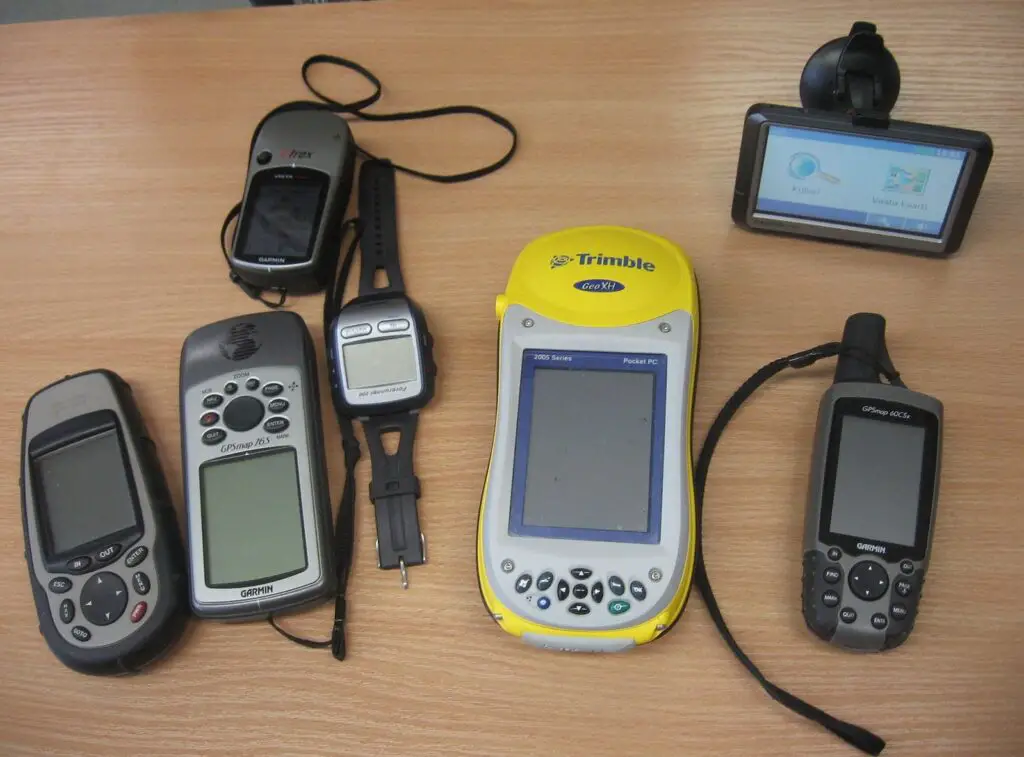
Once essential for navigation, standalone GPS devices have been replaced by smartphone apps like Google Maps and Waze. These apps offer real-time updates and integration with other smart technologies. Standalone GPS devices are already fading and will likely vanish within the next decade.
5. Cable TV Boxes

Streaming services like Netflix, Hulu, and Disney+ are rapidly overtaking traditional cable TV. As more people cut the cord in favor of digital streaming, cable boxes will soon become relics of the past. Experts predict they’ll be phased out completely by 2033.
6. Desktop Computers

Laptops, tablets, and smartphones now dominate the market, offering portability and powerful performance. Many households no longer see the need for a bulky desktop computer. By the next decade, desktops may only exist in niche markets like gaming or professional editing.
7. Non-Smart Thermostats
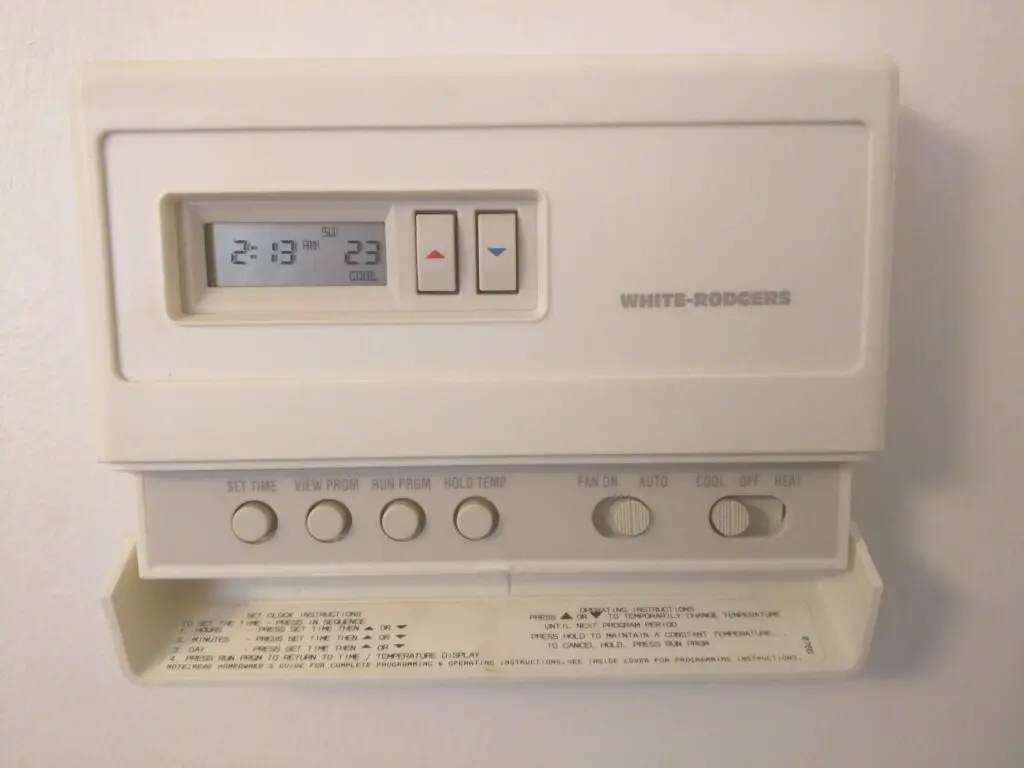
With the rise of smart home ecosystems, non-smart thermostats are becoming outdated. Smart thermostats allow for energy-efficient temperature control and remote access via smartphones. By 2033, traditional thermostats will likely be a thing of the past.
8. Manual Can Openers
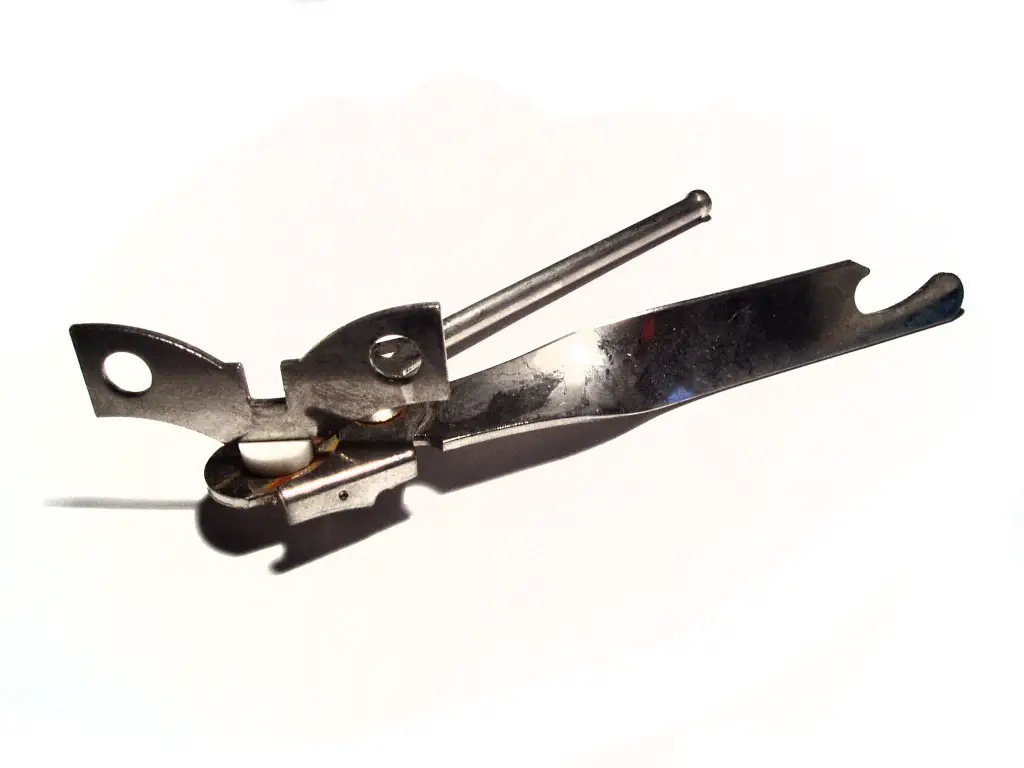
While manual can openers were once a kitchen staple, many people now prefer electric versions or cans with pull-tab tops. With innovations in packaging, manual openers could become unnecessary within the next decade.
9. Fixed Showerheads
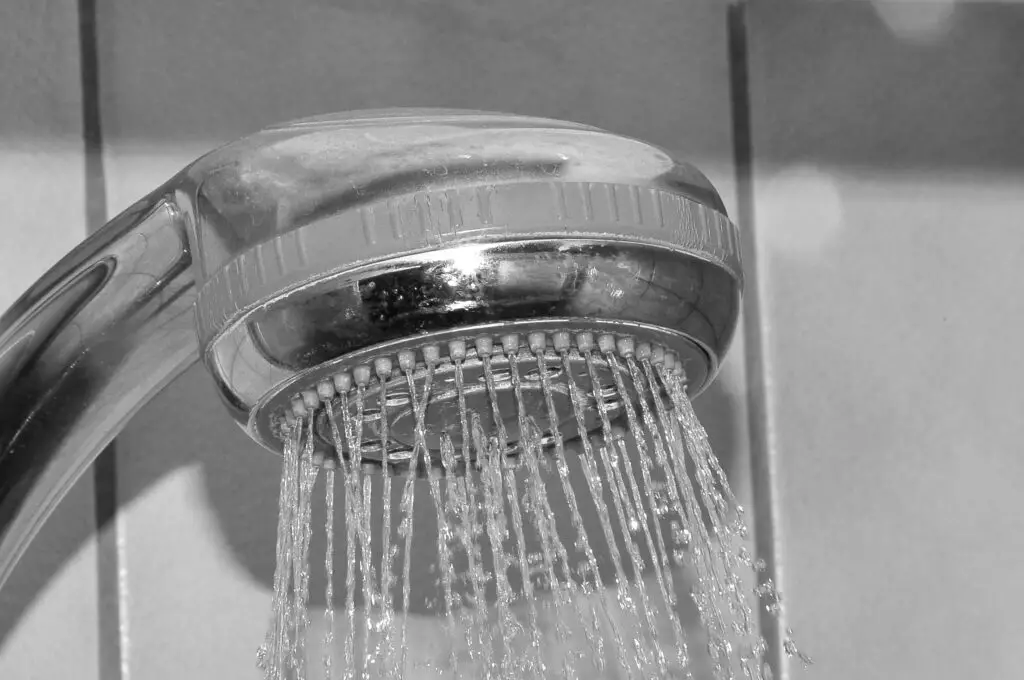
Adjustable and rain showerheads, along with smart systems offering water-saving options, are becoming the standard. Fixed showerheads lack the customization and efficiency homeowners desire. These older models are quickly being replaced and will likely vanish by 2033.
10. Landline Phones
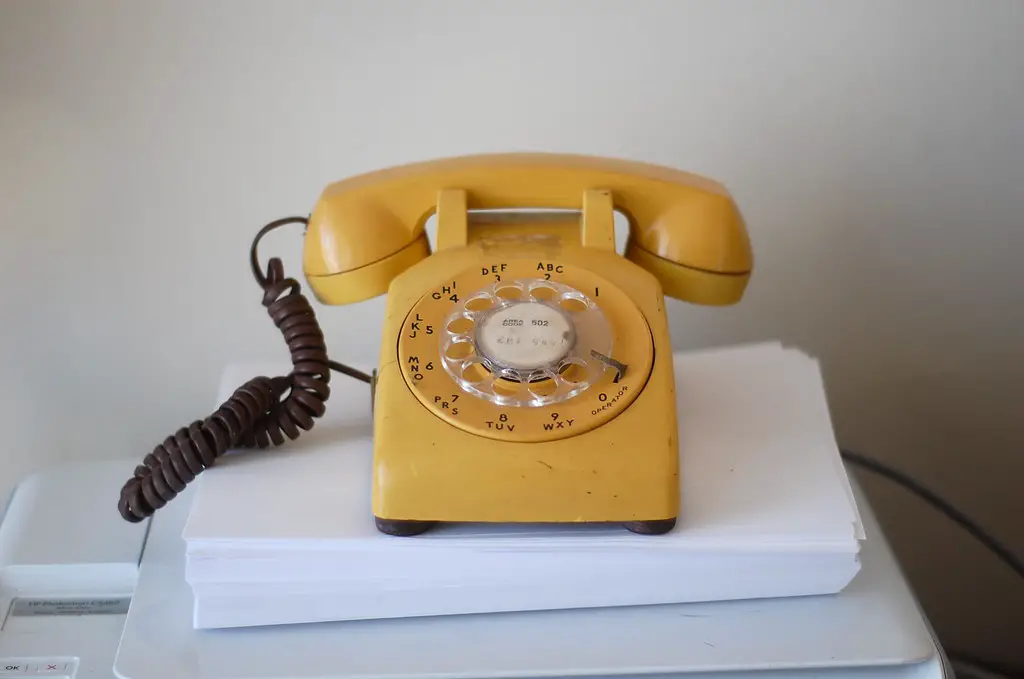
The shift toward mobile phones has made landlines nearly obsolete. Many people, especially younger generations, have already abandoned them altogether. By 2033, landline phones are expected to disappear from the average home entirely.
11. DVD Players

Streaming services and digital downloads have rendered DVD players unnecessary for most households. As fewer people purchase physical media, DVD players are being phased out. By the next decade, they will likely be relegated to vintage collectors.
12. Plug-In Alarm Clocks
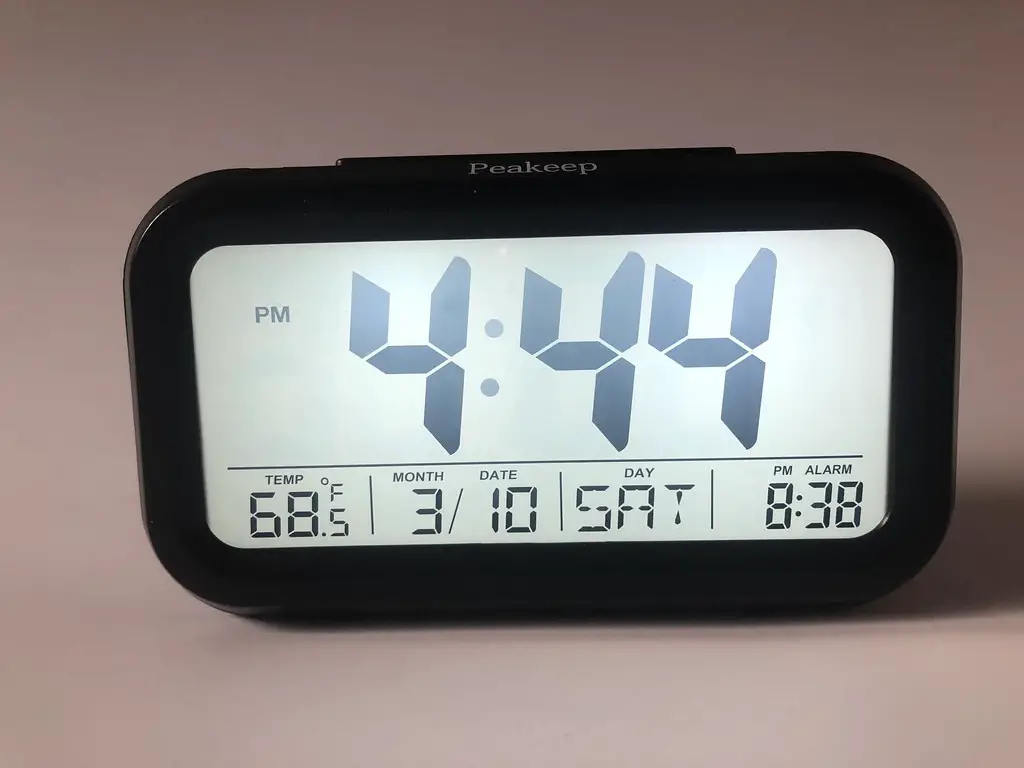
Smartphones and smart home devices have taken over the role of the alarm clock, offering customizable and user-friendly features. Traditional plug-in alarm clocks are quickly losing relevance. They may vanish from homes entirely by 2033.
13. Corded Vacuums
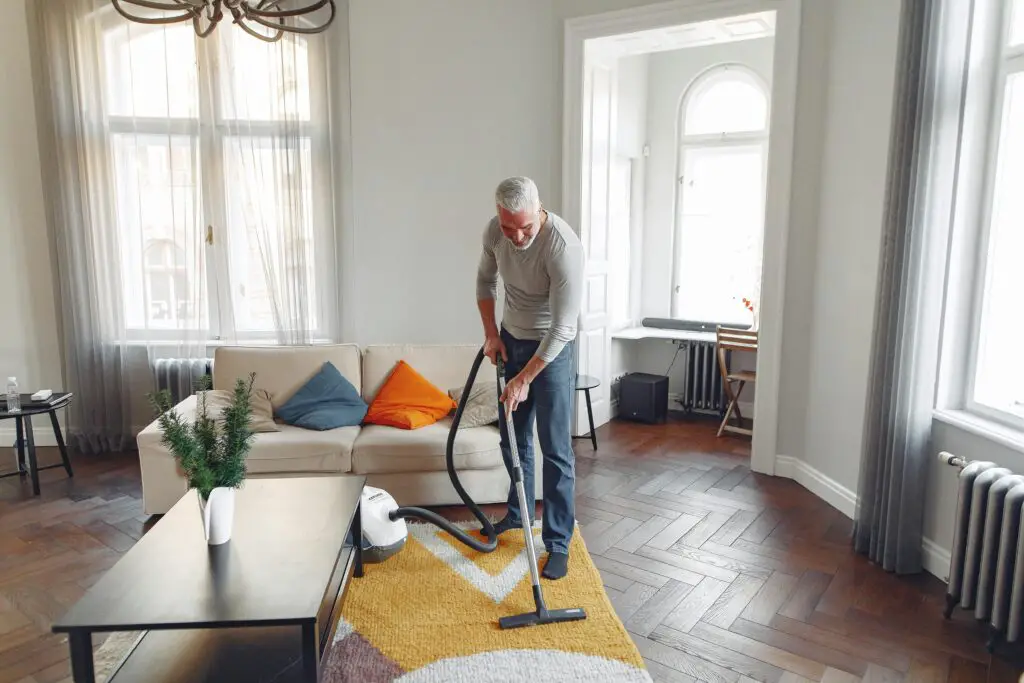
The convenience and efficiency of cordless vacuums have made corded models less appealing. Advancements in battery technology and portability are driving this trend. By 2033, corded vacuums may only be used in specialized cleaning settings.
14. Basic Coffee Makers
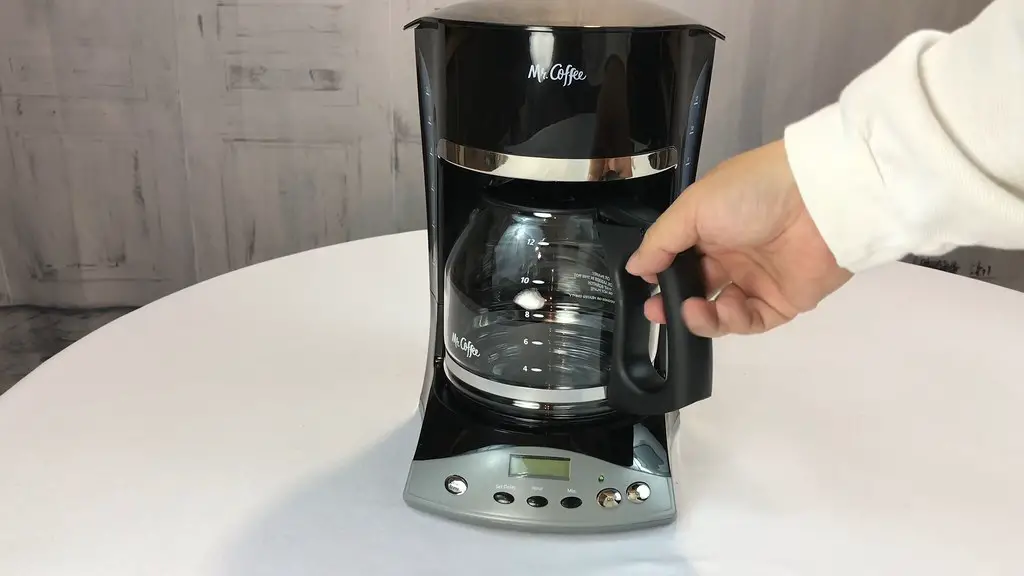
Single-serve and smart coffee makers with customizable brewing options are making traditional coffee makers seem outdated. Homeowners are gravitating toward more innovative designs, leaving basic models behind. By the next decade, these machines could become obsolete.
